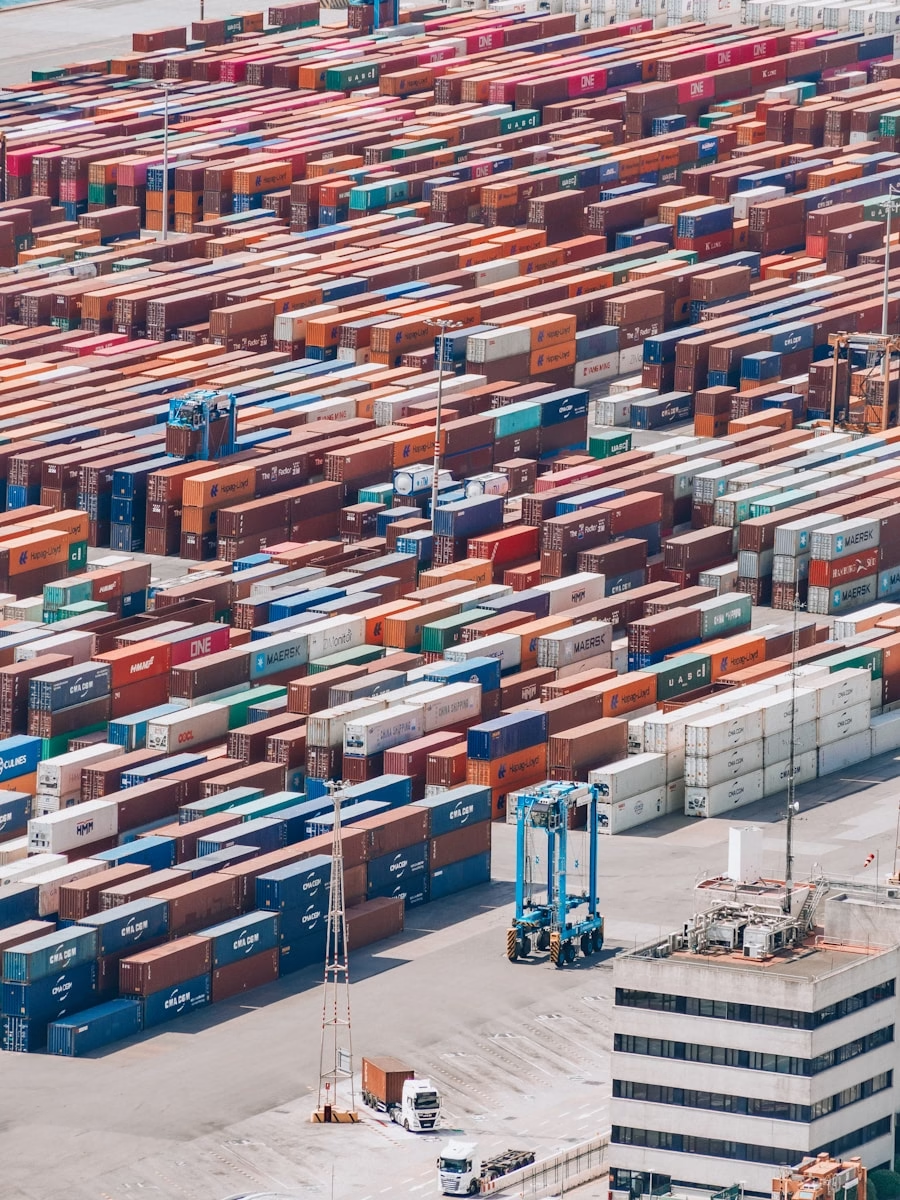Key Takeaways
- Trump tariffs are driving up prices on everyday items.
- Low-income families pay the same high import taxes as millionaires.
- Small businesses are suing over the tariffs’ legality.
- Past tariff waves failed to boost jobs or cut the trade deficit.
- Consumers may unite in a big class-action push for relief.
The new Trump tariffs on imported goods are like a giant hidden tax. Economists agree that these extra fees do more harm than good. When U.S. businesses import items, they pay the tariff. Then, they pass most of that cost to shoppers. In fact, Goldman Sachs found that businesses have shifted 55 percent of the tariff cost onto consumers this year. As a result, every time you buy coffee, clothing, or electronics, you’re helping pay these fees.
Moreover, a study from the Tax Foundation shows the average household paid an extra $1,300 in 2025 because of these levies. Next year, that number could rise to $1,600. However, millionaires and minimum-wage earners face the same rate. That makes Trump tariffs the most brutally unfair tax. A McDonald’s worker and a top CEO both pay the same extra charge on a new pair of shoes.
Why Trump Tariffs Feel Like a Big Tax
Trump tariffs act like a tax hike on every buyer. First, the government collects the duty from importers. Then businesses add it to shelf prices. Therefore, shoppers fund the federal coffers without voting on the change. It’s taxation without true representation.
In addition, these fees hit basic needs hard. Grocery bills jump. Gasoline and airfare climb. Even toothpaste and toilet paper cost more. Lower-income families spend up to 82 percent of their budgets on basics. So these extra costs force tough choices. Do you skip a doctor’s visit or pay your light bill? Meanwhile, wealthy households barely notice the hike.
Who Suffers Most from Trump Tariffs
The poorest Americans bear the heaviest load. Seventeen percent of U.S. households live below the poverty line. Many of these families include women, children, or disabled adults. They already struggle to pay rent, utilities, and food. Now a larger share of their income vanishes in higher prices.
At the same time, Trump’s budget plan aims to cut or eliminate programs that aid these groups. Medicaid, food stamps, and housing help might shrink. That leaves vulnerable Americans with even less support. In contrast, families earning well above average can absorb price jolts. They shop less often at discount stores and feel little pinch when prices rise.
Small Businesses Battle Trump Tariffs
Small business owners are on the front lines of the tariff fight. Many have filed lawsuits, claiming the president overstepped his authority. They argue that the Constitution gives Congress, not the White House, power to tax. If courts side with them, the government could lose billions in import fees. Yet officials warn that ruling against the administration risks “hurting America.” They neglect to mention that the money came from U.S. pockets in the first place.
Meanwhile, local shopkeepers face rising costs for everything from parts to coffee beans. They can’t always pass the full charge to customers or lower wages. As a result, some have cut staff or frozen hiring. That slows local growth and makes job hunting tougher for many Americans.
Lessons from the First Tariff Round
Trump introduced his first major tariffs in 2018. Back then, he said the fees would boost factories and cut the trade deficit. Instead, a Federal Reserve study found a net loss of factory jobs. The U.S. trade deficit grew from $481 billion in 2016 to $679 billion in 2020. Moreover, retaliatory taxes from other countries cost farmers $26 billion in lost exports.
Global supply chains also suffered. Many U.S. products rely on imported parts. Tariffs drove up those costs, too. As a result, companies either raised prices more or moved production overseas. Either way, American workers lost. History tells us this new wave of Trump tariffs may bring even bigger setbacks.
How to Fight Back
Consumers and businesses can push for change. One route is a large class-action lawsuit. If enough Americans join, it could force courts to address the tariffs’ fairness. While a Trump-packed Supreme Court might reject the case, it could spark major political debate.
Another way is through voting and advocacy. Contacting representatives and demanding tariff reform sends a clear message. Writing letters, signing petitions, or speaking at town halls all help. Additionally, supporting candidates who oppose these taxes can shift policy.
Everyday shoppers can also adjust buying habits. Choosing domestic products when possible reduces the impact of import fees. Sharing information on social media raises awareness. Together, these steps can build momentum for lower prices and fairer trade.
Frequently Asked Questions
How do Trump tariffs affect grocery bills?
Tariffs raise import costs for food brands. Stores then charge you more at checkout. Your weekly grocery spending can jump by hundreds of dollars over a year.
Can small businesses really sue over these tariffs?
Yes. They argue the president lacks the authority to impose major taxes without Congress. Several cases are already in court. If they win, it may force policy changes.
Did the first Trump tariffs help U.S. jobs?
No. Studies found a net loss in factory jobs after the 2018 tariffs. Higher costs and foreign retaliation hit industries and farmers hard.
What is the best way to protest these import taxes?
You can join petitions, write to your lawmakers, or support candidates who promise tariff cuts. Consumer pressure and voting power often push for change.

